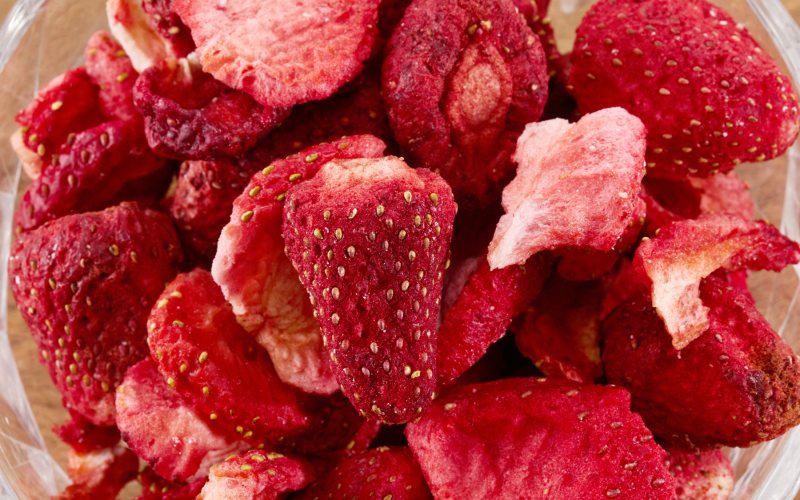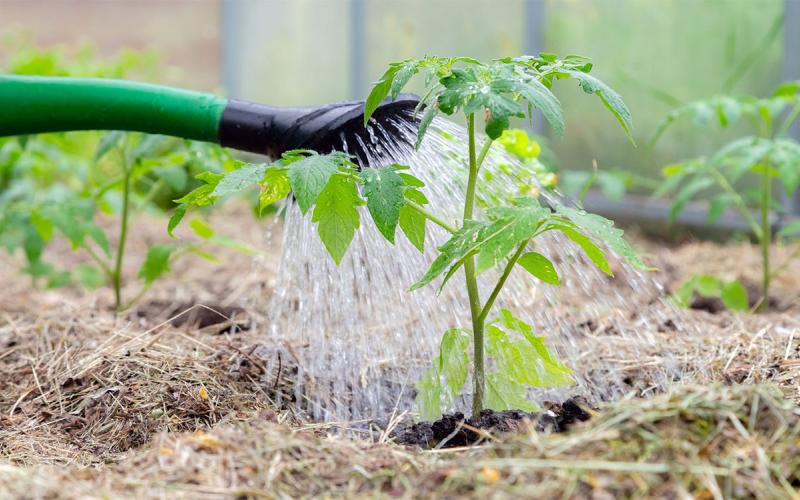
Hot sauces have become very popular condiments that can be used in a variety of applications. Processors are able to make their hot sauces with their own unique twist on flavor and heat. Additionally, consumers are also interested to try new hot sauces, not only to try new products, but to also support the local entrepreneur. This article will help address what can make a hot sauce safe and ready-to-eat.
Hot Sauce Ingredients
There are several ingredients that are used in hot sauces. These ingredients include an acid, such as vinegar or lime juice, that can be used to prevent the sauce from oxidizing and also decreasing the pH; peppers that are added for heat intensity, spices and seasonings that are added for flavor, vegetables that will add to the flavor, preservatives that can be added to help with maintaining quality and for preservation, and bulking agents, such as DATEM or maltodextrin, that add volume to the sauce. There are other ingredients that may be used, but this is a generalization of ingredients that are used in hot sauces. As you can see, most of these ingredients may be considered ready-to-eat, but there are also some ingredients, such as peppers, spices and other agricultural products, that may or may not be considered ready-to-eat.
Food Safety Characteristics of Hot Sauce
As mentioned above, many of the ingredients that are used are considered ready-to-eat. However, depending on the source of spices, seasonings and vegetables, these ingredients may not be considered read-to-eat, as seasonings may or may not be treated, and vegetables may be processed or washed differently in the store or at home. Another food safety consideration is the water activity. Since hot sauces are liquid, but do contain a fair amount of solids, it is assumed that the water activity will be >0.85, which would mean that the product would potentially support growth of pathogens if there was a pathogen present in the food. Therefore, water activity would not be a means to control growth or presence of pathogens. Additionally, the pH of the product should be considered as well, as many of the hot sauces are bottled and may have an anaerobic environment, which may allow for the growth and risk of clostridium botulinum. Therefore, when considering making a safe hot sauce, one should consider the pH of the product, as well as ensure there is a thermal cook or kill step to destroy any pathogens that would be present, as the pH alone would not control growth of pathogens or kill any pathogens that would be present.
Food Safety Controls of Hot Sauce
When making a hot sauce, the pH must be less than 4.6. Although hot sauces may not necessarily be water-bath canned, they are typically bottled and most likely will have an anaerobic environment that would be conducive to the growth of clostridium botulinum. Therefore, the pH of the hot sauce must be less than 4.6 and an acid, such as vinegar, should be added to ensure that the pH is below 4.6, as clostridium botulinum cannot grow in a pH less than 4.6. Additionally, hot sauces should be brought to a boil. The University of California Davis has noted the following of clostridium bacteria:
Do botulism bacteria die at boiling?
The bacterium Clostridium botulinum has two forms. The active form is also known as a vegetative form, and the dormant form is called the spore form. The vegetative cells are much easier to destroy. Destruction is usually measured by a combination of time and temperature – the hotter the temperature, the shorter the time required to kill a given number of bacteria. There are many types of C. botulinum, and they can vary in their heat sensitivity. But if all particles of food have reached boiling temperature (212 degrees Fahrenheit), then it would be reasonable to assume the vegetative cells of C. botulinum have been destroyed. The spores, however, would survive.
There is also micro modeling showing that Salmonella and e. coli will be destroyed with a pH of 4.6 and water activity of 0.997 when the sauce is heated to boiling. Therefore, boiling would destroy vegetative cells of Clostridium botulinum, Salmonella and Listeria.
The National Center for Home Food Preservation also has a hot sauce recipes that have been reviewed and tested. It is important to note that any hot sauce that is boiling water bath canned, that this can change the risk profile of a hot sauce, as the packaging being utilized will definitely create an aerobic environment as the product is hermetically sealed. Only use approved and tested recipes for hot sauce recipes, such as the National Center for Home Food Preservation or more-recent publications of Ball Canning Books.
Selling Hot Sauce in South Dakota
Since there are many risks and considerations that need to be evaluated to ensure that hot sauces are made and processed safely, the following criteria should be followed for selling hot sauces at a Farmers Market or to retail:
- The formula/recipe needs to be reviewed a SDSU Extension Food Safety Specialist.
- The product needs to be tested for pH.
- The product needs to be produced at a state-licensed kitchen if sold at locations other than from home or a farmer’s market (e.g. retail store).
Conclusion
Hot sauces can be made to with a combination of several different ingredients to give unique flavor and heat that consumers enjoy. There are many considerations that should be made on how hot sauces are processed, formulated and packaged. Please ensure that all requirements are met as mentioned in this article when selling your hot sauce at the Farmers Market or to retail.
Document Source:
Food Safety - Botulism. Linda Harris, U.C. Davis Cooperative Extension Specialist in Microbial Food Safety.


